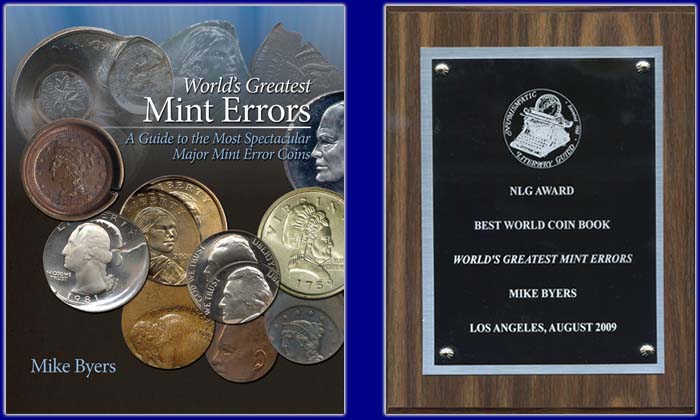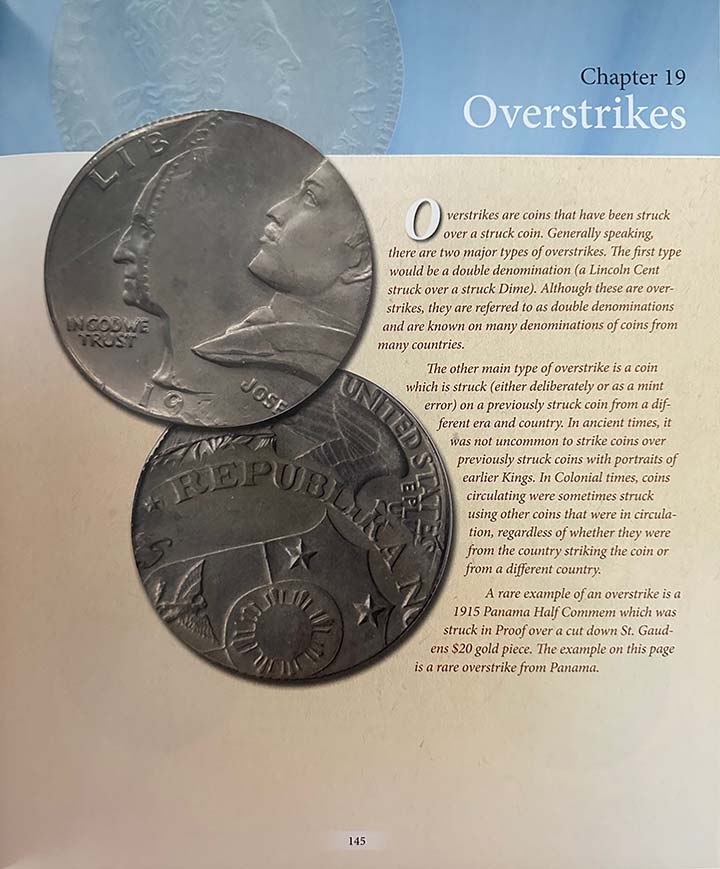1973-S Kennedy Half Dollar
Overstruck on a 1973-S Washington Quarter
Double Denomination
NGC PF 67 Cameo
1 of 2 Known
SOLD
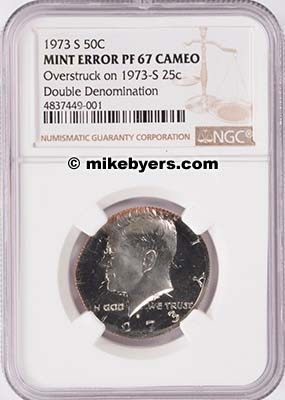
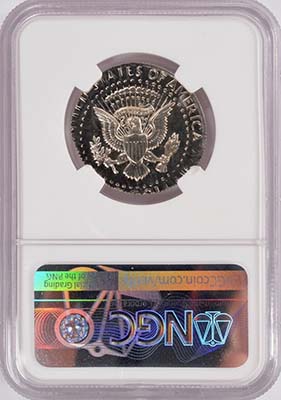
It was just authenticated and certified by NGC as Proof 67 Cameo and is an amazing proof mint error. Some of the original detail from the quarter design is evident on both the obverse and reverse. It has full reeding from the quarter strike and shows the copper core along the edge. The 1973-S date from the quarter is visible below the 1973-S date from the Kennedy Half.This newly discovered and certified Proof Kennedy Half Dollar on a struck Washington Quarter is one of only two known Kennedy Half Double Denomination on any proof U.S. coin.
Proof double denomination mint errors are so rare that there are only a few known. There are three proof 1976-S Bicentennial Quarters that are struck on struck U.S. coins. One is double struck on a struck dime, another is struck on a 1967 struck dime (dual date), and the third was struck on a struck Lincoln cent with a Denver Mint Mark. There are also four known proof Jefferson Nickels struck over struck dimes.
Proof coins are struck by technicians who hand feed the blanks into special presses. They are produced, examined and packaged using extreme quality control. It is very unusual to find major proof errors. A few broadstrikes, off-centers, double strikes (in collar) and off-metals have been known to be found in sealed proof sets. Proof errors are aggressively sought after by many error collectors.
This discovery mint error is fascinating since it combines rarity, quality (Proof 67 Cameo) and intrigue (the only known proof U.S. Kennedy Half Dollar struck on any U.S. coin). This U.S. proof mint error belongs in a major collection of the finest error coins or in a collection of Kennedy Half Dollars.
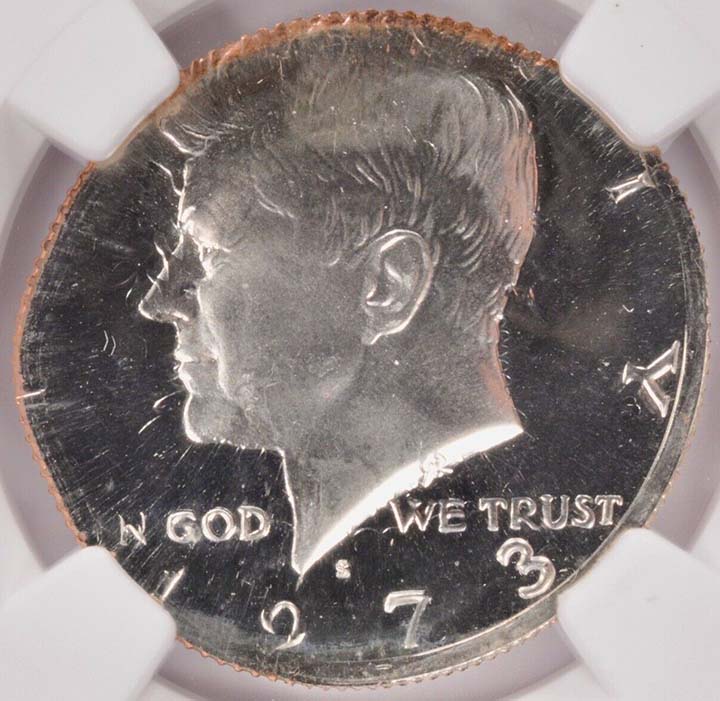
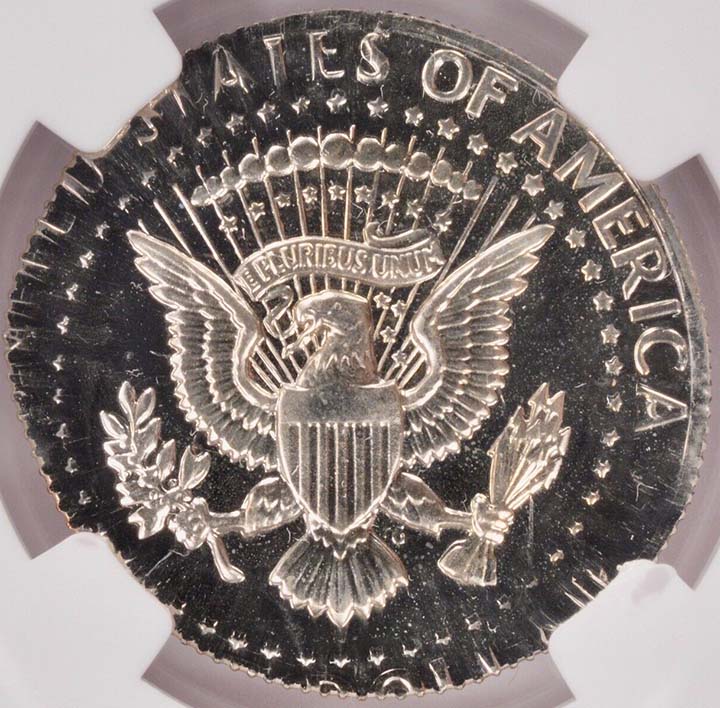
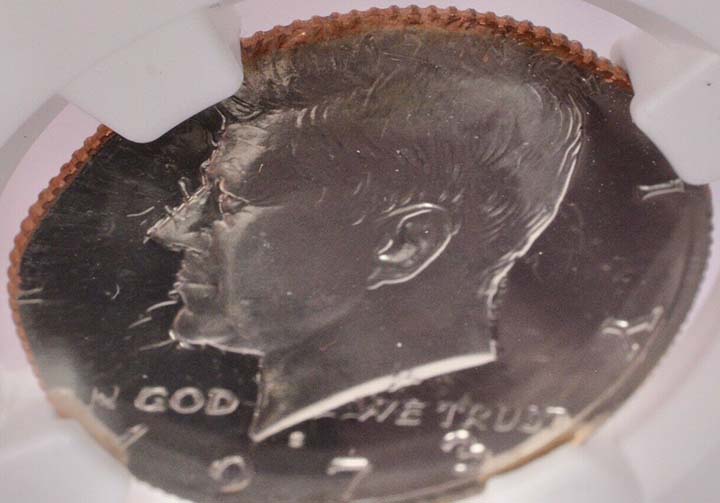
The 1973-S date from the quarter is visible
below the 1973-S date from the Kennedy Half:
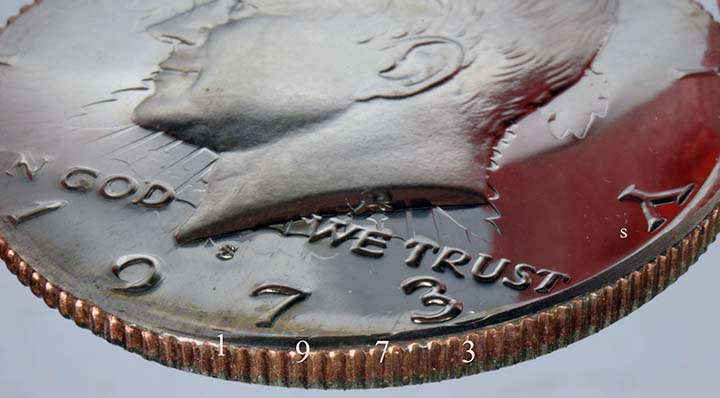
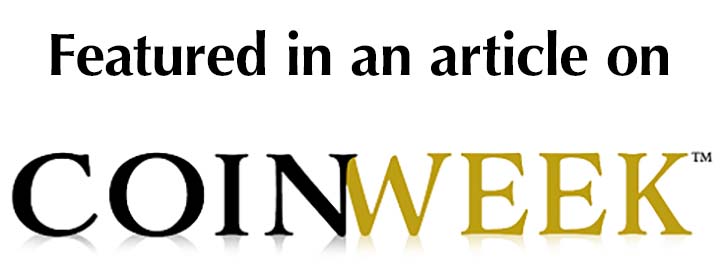
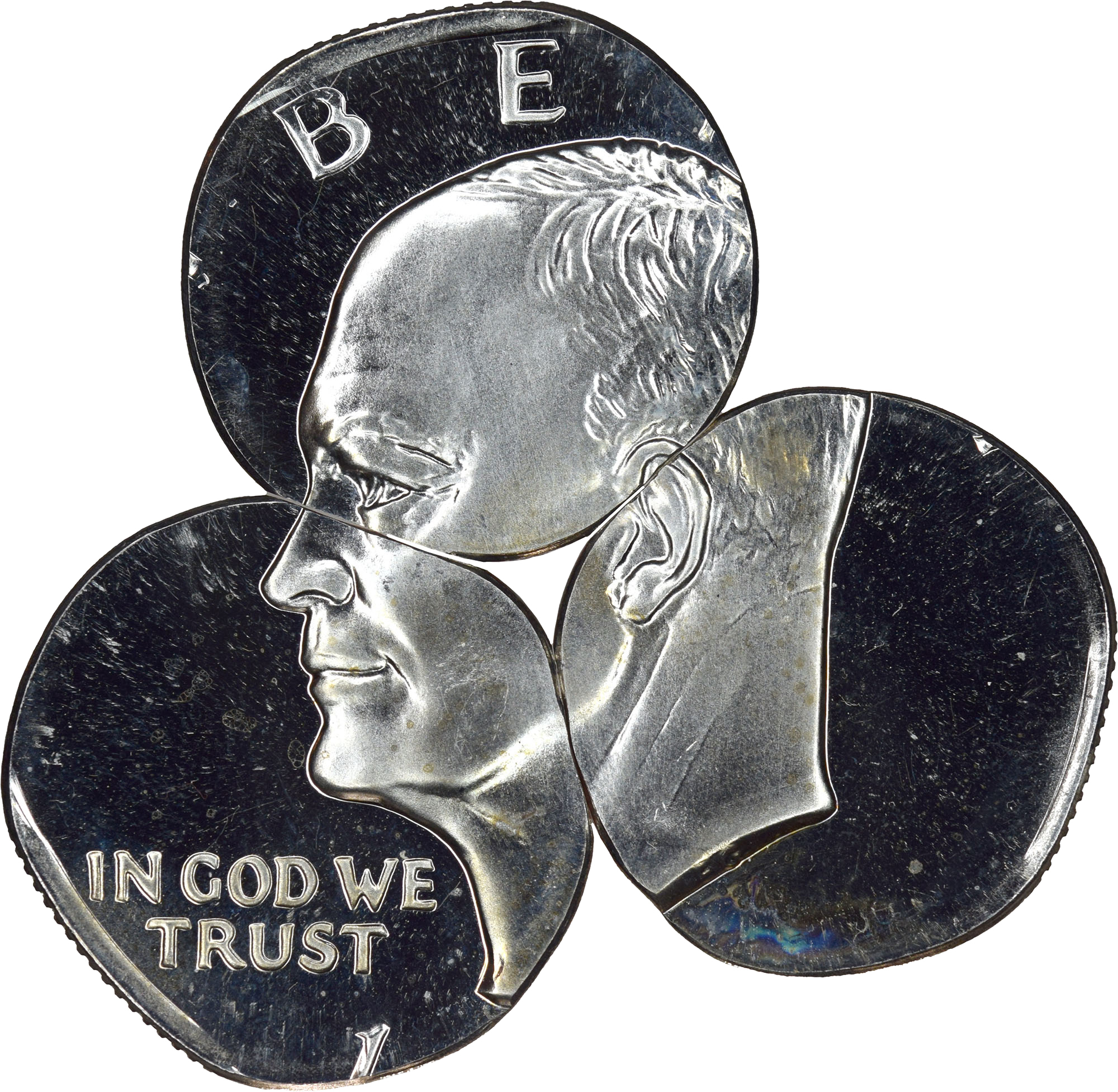 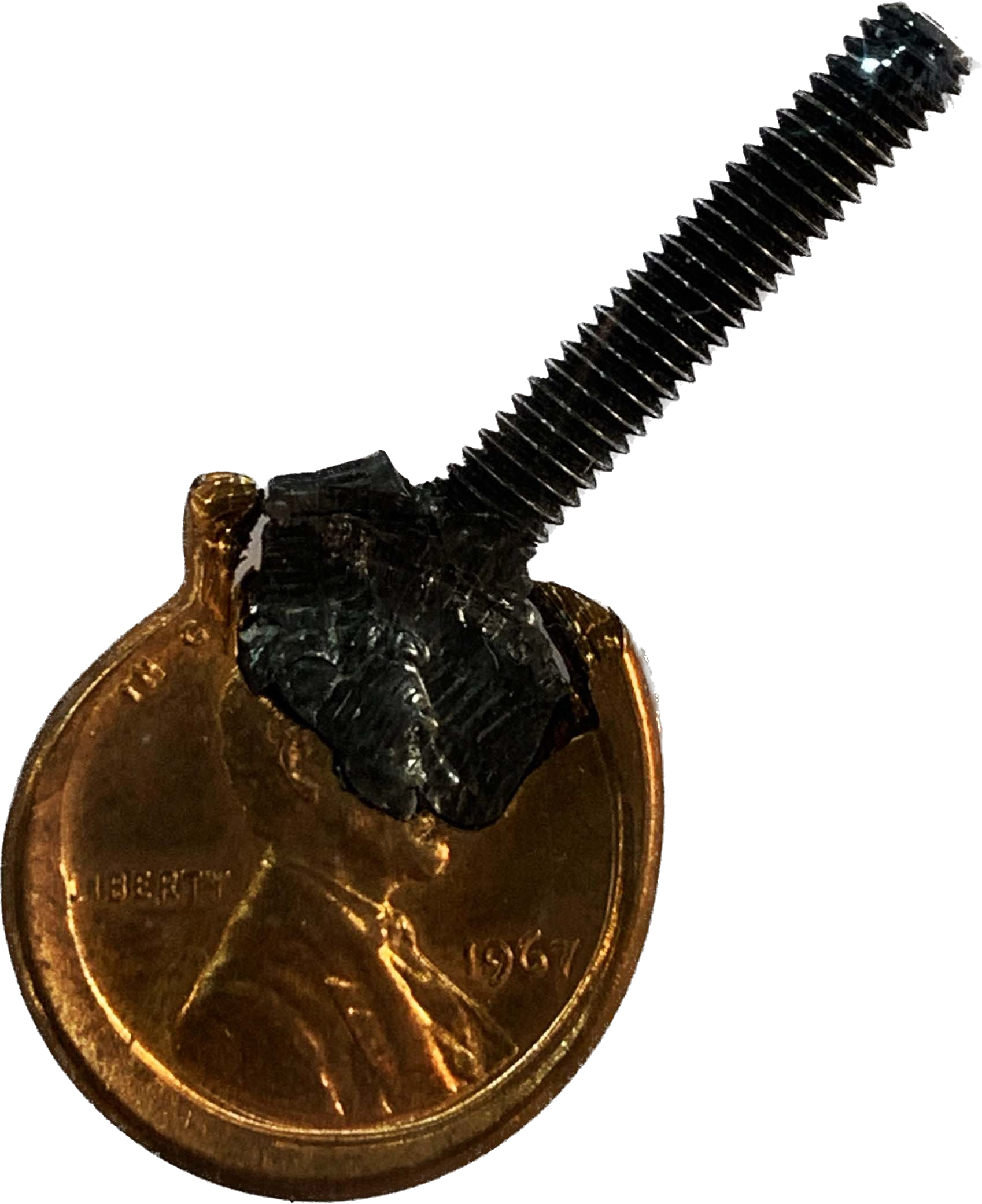 Intentional ErrorsIn the early 2000's, a group of several hundred U.S. error coins were found in a safe-deposit box. Fred Weinberg purchased this group which included coins struck for proof sets and also coins struck for circulation. This group was auctioned by the California State Controller's Office of Unclaimed Property. The U.S. Secret Service inspected and released this collection to the State of California determining that it was legal to own. The State of California then auctioned the collection and the rest is history. Another example of U.S. error coins escaping the Mint occurred in the 1970's. A hoard of proof error coins were smuggled out of the San Francisco Mint inside the oil pans of forklifts that were being serviced outside of the Mint. This topic was discussed in the June 6, 2022 Issue of Coin World, which covered Fred Weinberg's account of this story. The Coin World Managing Editor concluded: Obviously, the marketplace accepts these coins, and some collectors are happy paying thousands of dollars for coins that show every indication of having been created through illegal means. In Episode 11 of the PCGS video series Slab Lab, Seth Chandler interviews Fred Weinberg. In part 2 of the interview, Fred explains in detail why mint errors that are decades old are not recovered by the U.S. Mint. Fred's recollection of conversations in his office with the Chief of the U.S. Mint Police are extremely insightful and explain why the Mint doesn't attempt to recover error coins from decades ago. |
Overstrikes are featured in Chapter 19 of my
NLG award winning book, World's Greatest Mint Errors:
